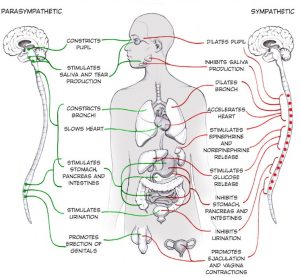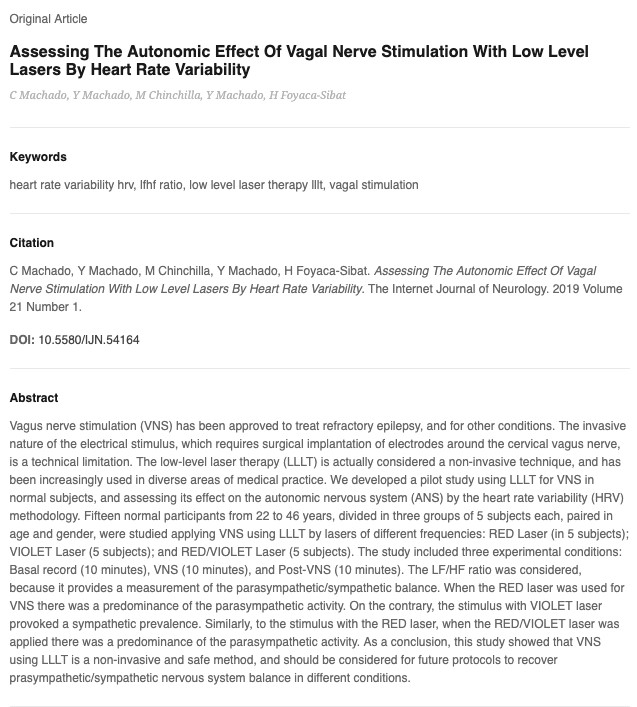What is a hot flush/hot flash?
This is a sudden feeling of feverish heat, and one of the most common menopausal complaints. It can occur at any time of the day or night, and can be triggered by consuming alcohol, caffeine or spicy foods. For something that’s so common, experts say it’s surprising how little is understood about hot flushes. What’s known is that they can vary in severity, frequency and duration. Some women may get just a few hot flushes; others suffer from multiple hot flushes every day for years. These (normally) inconvenient hot moments have to do with the regulation of the Sympathetic (SNS) and Parasympathetic Nervous Systems (PNS).
A SHORT OVERVIEW OF THE SNS AND PNS
The Sympathetic and Parasympathetic Nervous Systems tend to have opposing functions. In general, the SNS stimulates the emergency “fight or flight” response, while the PNS stimulates the “rest and digest” response. Having the two systems in balance (called homeostasis) can minimise the problem of hot flushes / flashes.

CONVENTIONAL WISDOM
The most conventional treatment for hot flushes is hormone therapy, typically estrogen and progesterone, however, because hormone therapy carries risks — including boosting the risk of certain cancers, including endometrial cancer — women should only turn to hormones if strongly urged to by their medical advisors.
Another treatment option is selective serotonin reuptake inhibitors, or SSRIs — a class of drugs commonly used to treat depression or anxiety. But the medications generally don’t work well for most women.
Many women have turned to herbal remedies, such as Black Cohosh, Red Clover, Wild Yam Cream, Evening Primrose Oil, Flaxseed, Ginseng, Pine Bark and Pollen Extract, however, there is not much evidence that any of the above work effectively, and there may in fact be contra indications if certain pharmaceutical medications are being taken at the same time.
Lifestyle changes could help, because as people age, their “thermoneutral zone” — the temperature at which they feel not too hot and not too cold — shrinks. A very minor increase in core body temperature can trigger hot flushes in some women. So, you can avoid becoming overheated by keeping a fan with you and using it when warm. Also you can wear layered clothing to be able to peel off layers as needed. At night, you could sleep with a light blanket or just a sheet, and sleep with one leg uncovered, and avoid down comforters.
The above have been advocated by the medical profession for many years, but now there is something
- Pain free
- Risk free
- Non invasive
- Non chemical / hormonal
- Safe
- Easy
- That balances the SNS and PNS
How can Low Level Laser Help?
Low Level Laser Therapy or PBM Therapy can restore homeostasis to the central nervous system (meaning LLLT can balance or regulate the PNS and SNS), which will reduce the fight/flight reaction, creating thermo regulation.
We apply transcranial lasers to calm the Central Nervous System and use systemic lasers to reduce overall inflammation in the system, which in turn reduces the frequency of hot flushes / flashes. The use of transcranial lasers has also been shown to decrease insomnia associated with menopausal hot flushes.
PUBLISHED STUDY

For more information, simply fill in the form below and we'll contact you to organise a no-obligation consultation...